Table of content
Ginkgo nuts, also known as white fruits or Ginkgo biloba, have been cherished for centuries for their unique flavor and potential health benefits. These small, ivory-colored seeds, enclosed in a fleshy, foul-smelling outer layer, are a staple in Asian cuisine and traditional medicine. However, preserving ginkgo nuts requires careful attention to detail, as their high moisture content and delicate nature make them prone to spoilage. This comprehensive guide explores the best practices for storing ginkgo nuts, ensuring they retain their texture, flavor, and nutritional value for months—or even years—when handled correctly.
Understanding Ginkgo Nuts: Composition and Challenges
Before diving into preservation methods, it’s essential to grasp why ginkgo nuts demand special care. Fresh ginkgo nuts contain approximately 50% moisture, a factor that accelerates microbial growth and enzymatic reactions if not properly managed. Additionally, their outer shell, while protective, traps residual moisture and compounds that can lead to rancidity or mold if stored improperly.
The nuts also contain a compound called ginkgotoxin, which is toxic in large quantities. While cooking neutralizes this toxin, improper storage can concentrate harmful elements if spoilage occurs. Thus, preservation is not just about extending shelf life but also ensuring safety.
Key Factors Affecting Shelf Life
Several environmental factors influence how long ginkgo nuts remain edible:
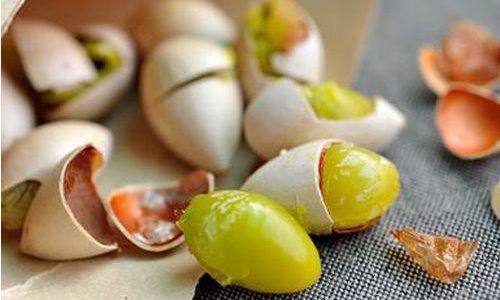
- Temperature: Higher temperatures accelerate spoilage by promoting bacterial and fungal growth.
- Humidity: Excess moisture leads to mold and softening.
- Oxygen Exposure: Oxidation degrades flavor and nutrients.
- Light: Prolonged exposure to sunlight can cause flavor deterioration.
By controlling these variables, you can significantly extend the nuts’ usability.
Preservation Methods: From Short-Term to Long-Term Storage
Refrigeration (Short-Term)
Refrigeration is ideal for preserving ginkgo nuts for up to two weeks. Here’s how:
- Step 1: Remove the outer fleshy layer by hand or using gloves (the flesh can irritate skin).
- Step 2: Rinse the nuts under cold water to eliminate residue.
- Step 3: Pat them dry with a clean cloth.
- Step 4: Place in a breathable container, such as a paper bag or a mesh produce bag, to allow airflow.
- Step 5: Store in the crisper drawer, where temperatures hover around 40°F (4°C).
Pro Tip: Avoid plastic bags, as they trap moisture and promote mold.
Freezing (Medium-Term)
Freezing extends shelf life to 6–12 months. Follow these steps:
- Blanching: Boil the nuts for 3–5 minutes to inactivate enzymes that cause spoilage.
- Cooling: Drain and spread them on a baking sheet to cool completely.
- Packaging: Use freezer-safe bags or containers, removing excess air to prevent freezer burn.
- Labeling: Note the date to track freshness.
Variation: For quick use, freeze shelled nuts in a single layer on a tray before transferring to a container. This prevents clumping.
Drying (Long-Term)
Drying reduces moisture to below 10%, inhibiting microbial activity. Methods include:
a. Air Drying
- Step 1: Clean and blanch the nuts.
- Step 2: Spread them on a tray in a well-ventilated area away from direct sunlight.
- Step 3: Stir occasionally for even drying. This takes 7–10 days.
- Step 4: Store in airtight jars in a cool, dark place.
b. Oven Drying
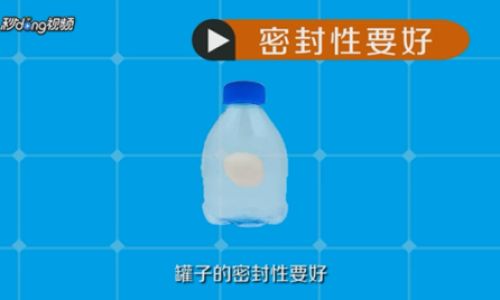
- Preheat the oven to 150°F (65°C).
- Spread nuts on a baking sheet and dry for 4–6 hours, checking periodically.
c. Dehydrator Method
- Use a food dehydrator set to 135°F (57°C) for 8–12 hours.
Pro Tip: Dried ginkgo nuts can be ground into flour or rehydrated for cooking.
Canning (Shelf-Stable)
Canning requires pressure cooking to eliminate bacteria. This method is advanced but offers 1–2 years of shelf life:
- Step 1: Blanch and peel the nuts.
- Step 2: Pack into sterilized jars, leaving 1-inch headspace.
- Step 3: Cover with boiling water or brine (1 tsp salt per cup).
- Step 4: Seal and process in a pressure canner at 10 PSI for 90 minutes.
Warning: Improper canning can cause botulism. Follow USDA guidelines strictly.
Vacuum Sealing
Vacuum sealing removes oxygen, slowing oxidation. Pair with refrigeration or freezing for best results:
- Use a vacuum sealer machine with moisture-resistant bags.
- For dried nuts, add an oxygen absorber packet before sealing.
Alcohol Preservation
Soaking ginkgo nuts in alcohol (e.g., vodka or sake) imparts flavor while preserving them:
- Step 1: Clean and blanch the nuts.
- Step 2: Place in a sterilized jar and cover with alcohol.
- Step 3: Seal and store in a dark cabinet for 3–6 months.
Uses: The alcohol-infused nuts can be used in desserts or as a garnish.
Oil Infusion
Submerging nuts in oil (e.g., sesame or olive oil) creates a flavorful preserve:
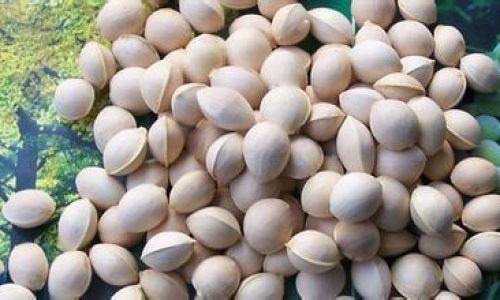
- Step 1: Dry the nuts thoroughly.
- Step 2: Pack into a jar and cover with oil.
- Step 3: Store in the refrigerator for up to 6 months.
Pro Tip: Use infused oil in stir-fries or dressings.
Traditional Methods: Salt Curing
In some cultures, salt curing is used:
- Step 1: Layer nuts with coarse salt in a ceramic crock.
- Step 2: Weigh down with a plate and store in a cool place for 4–6 weeks.
- Step 3: Rinse off excess salt before use.
Caution: Salt curing alters the nuts’ flavor and texture.
How to Select and Prepare Ginkgo Nuts for Preservation
The quality of your nuts before preservation dictates success. Follow these steps:
- Source Wisely: Choose plump, firm nuts with intact shells. Avoid those with cracks or soft spots.
- Remove Flesh Immediately: The outer pulp decays rapidly; clean nuts within 24 hours of harvest.
- Blanch Before Drying or Freezing: This step stabilizes enzymes and loosens shells.
- Avoid Contamination: Use separate utensils and gloves to prevent cross-contamination.
Signs of Spoilage to Watch For
Even with proper storage, ginkgo nuts can spoil. Discard them if you notice:
- Foul Odor: A rancid or ammonia-like smell.
- Discoloration: Gray or black spots on the shell or kernel.
- Mold Growth: Fuzzy patches in humid conditions.
- Soft Texture: Mushiness indicates microbial activity.
Creative Uses for Preserved Ginkgo Nuts
Preserved nuts are versatile in the kitchen:
- Roasted: Toss with salt and roast for a crunchy snack.
- Soups and Stews: Add frozen or dried nuts to broths for texture.
- Desserts: Use alcohol-preserved nuts in cakes or ice cream.
- Rice Dishes: Mix dried, ground nuts into rice for a nutty flavor.
Common Mistakes to Avoid
- Storing Wet Nuts: Always dry thoroughly to prevent mold.
- Using Damp Containers: Ensure jars and bags are bone-dry.
- Ignoring Temperature Fluctuations: Avoid storing near ovens or refrigerators.
- Overcrowding: Leave space for airflow in refrigerated storage.
Conclusion: Mastering Ginkgo Nut Preservation
Preserving ginkgo nuts is both an art and a science. By understanding their composition and leveraging techniques like freezing, drying, and vacuum sealing, you can enjoy these unique treasures year-round. Whether you’re a home cook, a forager, or a health enthusiast, proper storage ensures that ginkgo nuts remain safe, flavorful, and ready to elevate your culinary creations. Experiment with these methods to find what suits your needs best—and savor the rewards of your effort in every bite.
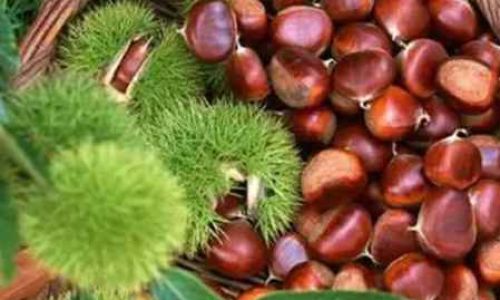
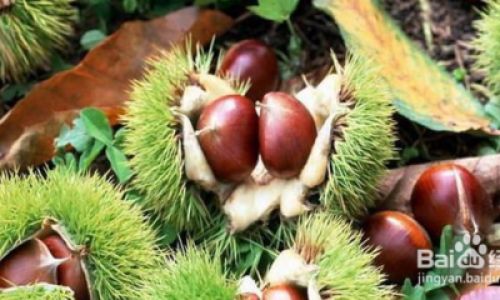
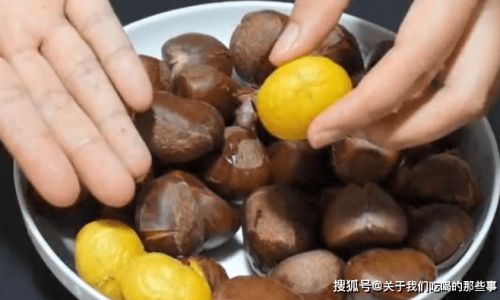

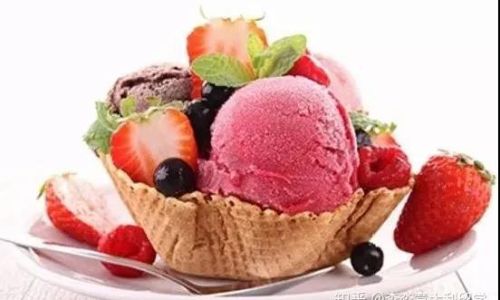

0 comments